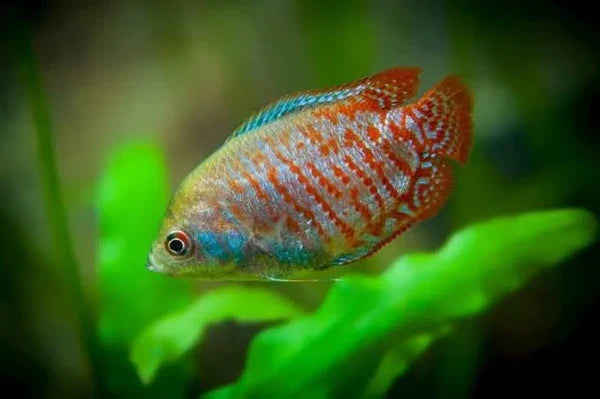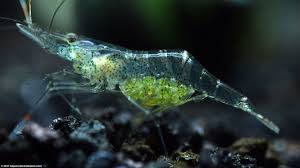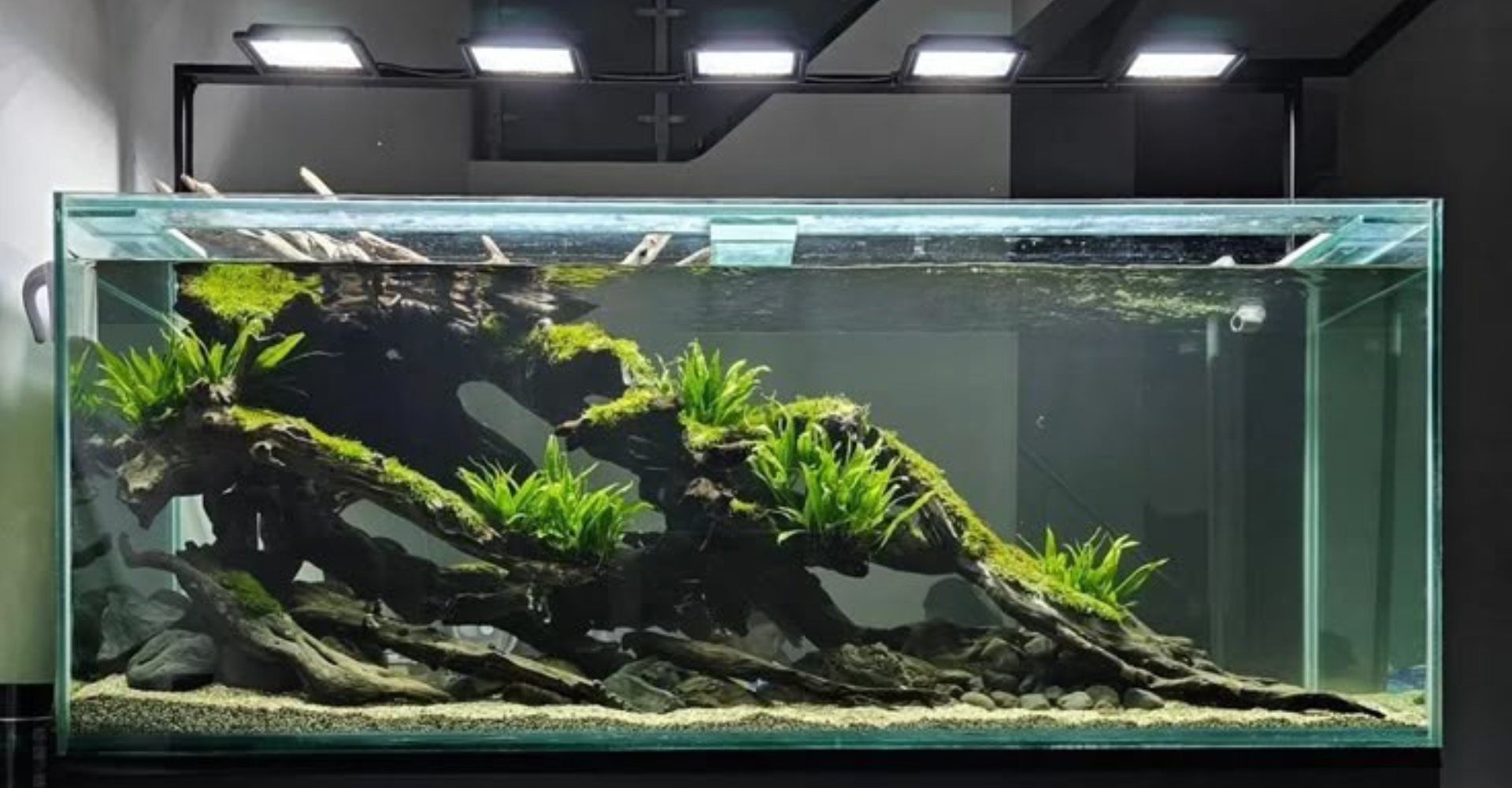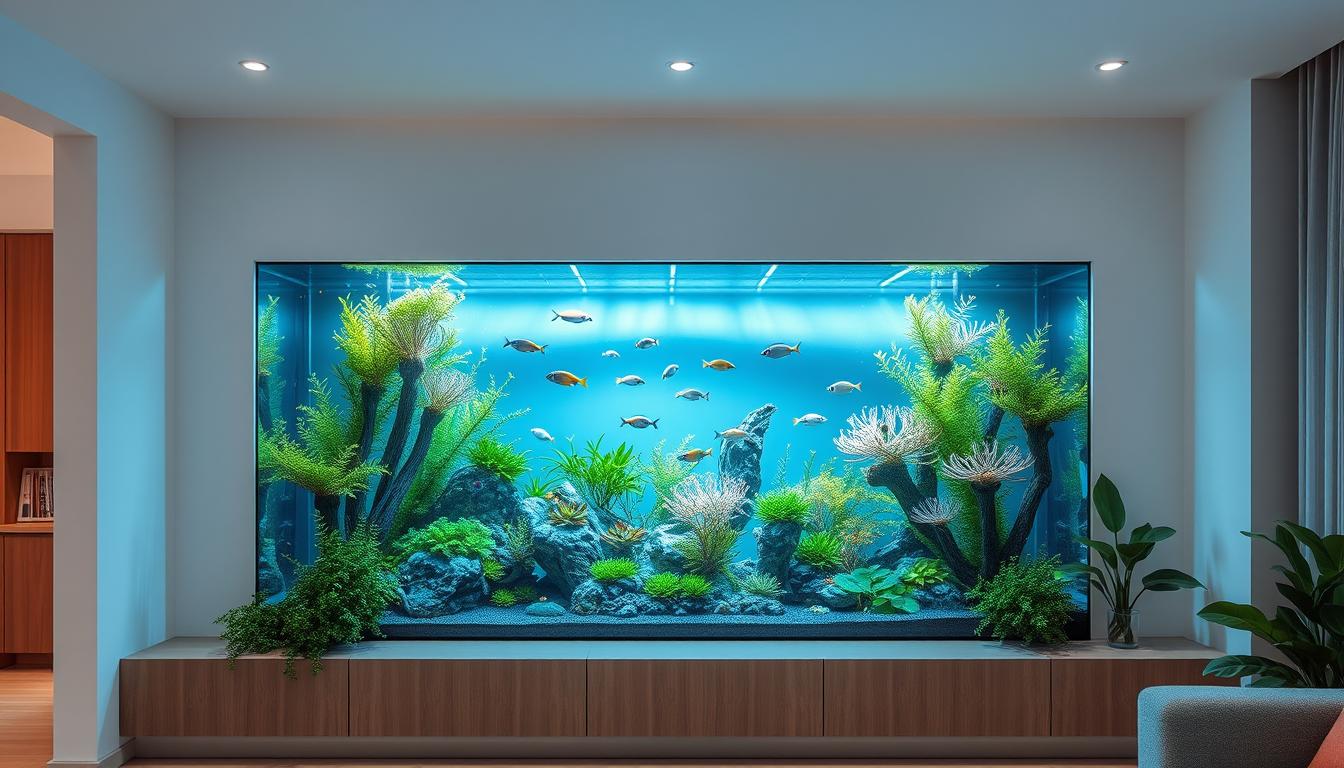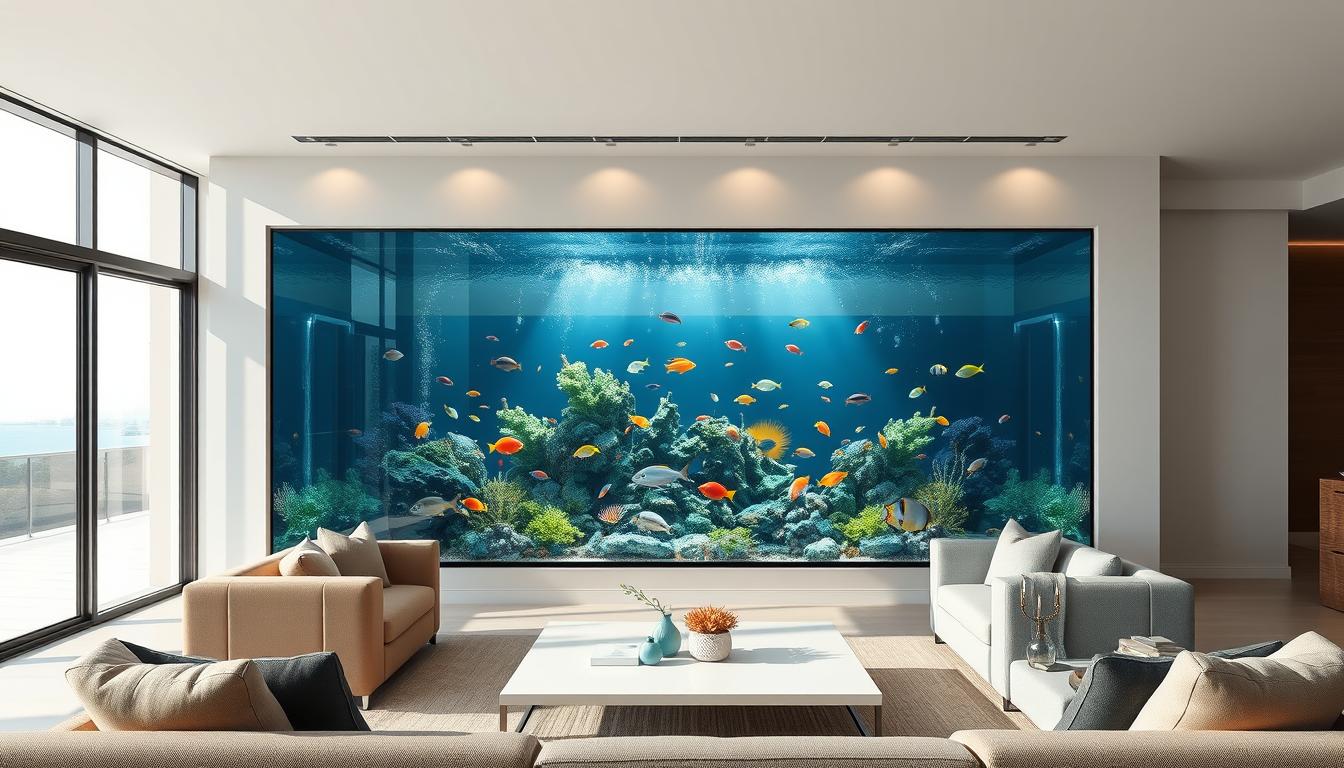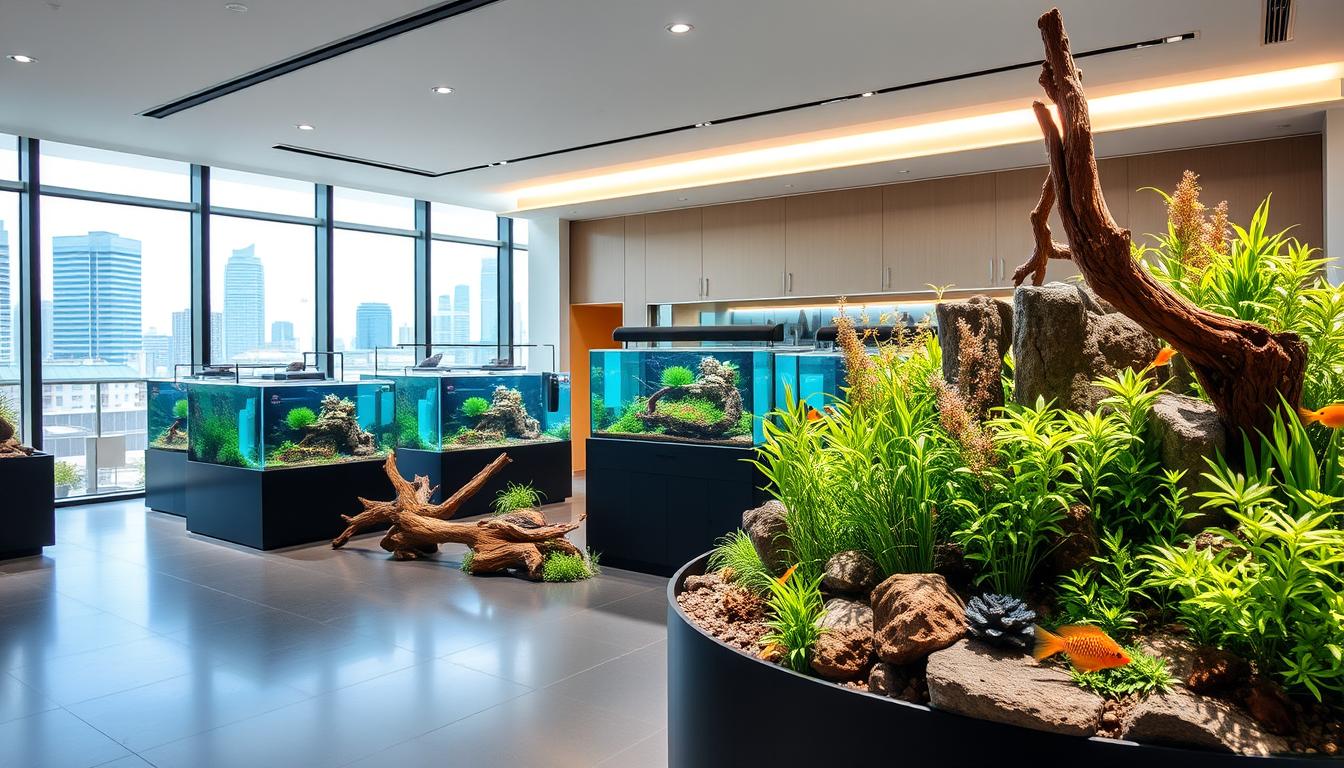Are you looking to add a new pet to your aquarium tank?
I highly recommend this to you. That is Pea Puffers.
Here is why you have to OWN at least one pea puffer.
🔺 They're curious and smart
🔺They have an eye-catching appearance, and they are very agile
🔺They contribute to keeping your aquarium funny and lively
🔺They are suitable for professional aquarists

Let's reveal 8-secrets of pea puffers. And you will regret WHY NOT bringing them to your Aquarium Tank right away?
What Is a Pea Puffer?
Pea puffer is commonly known as Pea puffer, dwarf puffer, Malabar puffer, Indian dwarf puffer, and bee puffer. Growing only one inch long, the pea puffer is now available at a reasonable price in our Shop. They live in freshwater and have an average 3-5 years lifespan. Choose the pea puffer with a round belly, and remember to ask the staff of the Micro Aquatic Shop for more advice and buy the healthiest pea puffers.
Do Pea Puffers Puff Up?
Yup, that's right. But it's rare to catch a puffer fish that puffs up to defend itself from predators (or just for practice), and they will return to their original shape when left alone for a while.
Please do not intentionally poke the pea puffer to make them aggressive. Instead, you can find pictures of puffy fish in external videos or photos online. If you need to transport them, using a cup or small box is best so the fish stays submerged in the water, and the air outside can't come in the box.
How many pufferfish can you have in a 10-gallon tank?
You can keep three puffins in a 10-gallon space if you already have an aquarium tank. Alternatively, you can save six to seven puffins in a 20-gallon tank if you provide plenty of cover material, such as aquatic plants or decorations. But the success rate depends on how well you set up the environment for them. In an open tank environment, without much cover, you will see the pea puffer fish's battle zone happen.
It's perfect if you already have a large aquarium. A large amount of water helps to dilute the waste and the ample space, so there is no "fight of the pea puffer. "Also, the ratio of one male to every two to three females tends to reduce aggression, but most pea puffers are sold as young and difficult to distinguish. If you are in one female and two male situations, you must add at least one male to the tank to minimize fighting.
You can keep six to seven puffins in a 20-gallon tank if you provide plenty of cover material, such as aquatic plants or decorations.

How do you distinguish between male and female Pea Puffers?
It can be challenging to distinguish between males and females when young. But males tend to be darker in color with stripes and dots on the belly. In general, they are relatively slender and have more aggressive behavior. And the females have a rounded appearance and possess a yellow belly.
Do Pea Puffers need a Heater?
They live well in tropical temperatures with a stable range of 74 to 82°F. If your aquarium's temperature fluctuates, you'll need an aquarium heater. For more information about the size of the heater fit for your aquarium. Please read the following instructions.
The ideal pH for pea puffers is between 7.2 - 7.5, keeping the pH stable instead of just focusing on a specific number. You also need a gentle filter with a slow flow rate, as they are not fast swimmers.
What does Pea Puffer eat?
More enormous puffins must be fed crunchy foods to increase tooth development. Still, pea puffers don't need to pay too much attention to this issue. You want to make sure to feed them the list of food I've mentioned above, so they'll get all the nutrients to stay healthy and live longer. Frozen bloodworms, brine shrimp, snails, or blackworms are pea puffers' best and most ideal food groups.
Pea puffers can be a bit messy, especially if they don't catch every scrap of food that falls into the water

Can pea puffers live with other fish?
This is the most common question asked about pea puffer owners and is often difficult to answer. Most pea puffers are pretty aggressive, and only a few are nervous. Therefore, we recommend that you do not keep them with algae eaters or other species that have a habit of cleaning.
Pea puffers can be messy, especially if they don't catch every scrap of food that falls into the water. So, using live aquatic plants to help consume toxic waste compounds is helpful. The perfect one is a dense, well-balanced tank with very little algae growth. This is the ideal environment for an aggressive but lovable pet - the Pea Puffer.
Are Pea Puffers Good Pets?
Suppose you want to know more about how to add fish to the tank for the first time for beginners. Peanut puffers have a special diet, can be said to be picky eaters, and do not get along with other community fish, so there are better choices for beginners. Read the article here.
However, they're funny, lovely, and intelligent to recognize you as their owner. It's worth trying out a few pea puffers for your aquarium tank
To buy Good-Deal Pea Puffers, click here to bring them home immediately.
